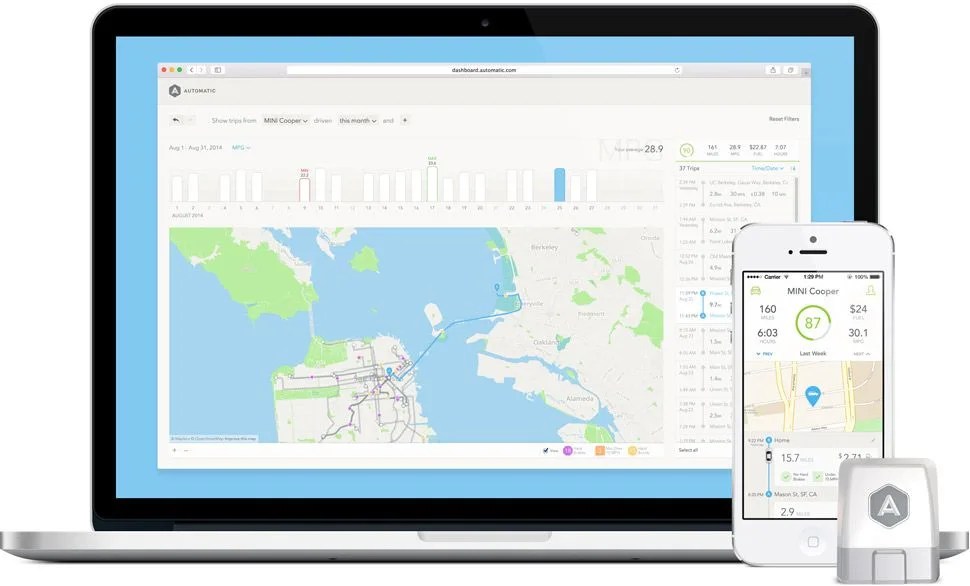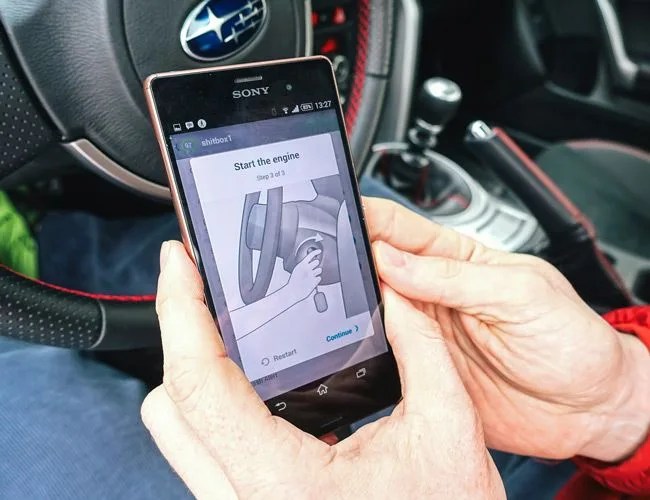Telematic driver devices — data collection devices, usually connected via a vehicle’s OBDII (On-Board Diagnostics) port — render real-time reporting of vehicular behavior. Initially, insurance companies sold telematics as an automotive “black box” that would help reduce (typically young and/or new) drivers’ escalating insurance rates. They’ve been in use in the United States for just over a decade, but right out the gate, they were seen as a double-edged sword; many drivers debated the lure of potentially lower premiums in exchange for full disclosure behind the wheel. Still, numerous versions of the technology are available today for anyone willing to sacrifice their piloting privacy.
MORE HANDS-ON REVIEWS: Whispbar Rack System | Kobalt Outdoor Power Equipment | Helly Hansen’s Supreme Jacket
If you’re like us, you’re intrigued by the idea of a connected car being able to quantify your driving behaviors. And if, consequentially, you save some fuel or curb less desirable tendencies, it’s icing on the driving cake. So, over the last few months I drove around with Automatic ($100), a car-connected device that renders real-time data and behavior manipulation techniques via a smartphone app to you and you alone, to see if it might help lighten my lead foot.
3 photos
Automatic is comprised of a low-energy Bluetooth module mounted within a small, plug-and-play dongle and an accompanying smartphone app. Setup takes no time at all (provided you know where your on-board diagnostics port is) and the software intuitively guides you along the way. During setup it’s a good idea to take note of the six-digit code on the back of the dongle before plugging it in, as you’ll need to enter that to open the lines of communication between software and hardware. Once connected, the system takes a few minutes with the engine running to configure itself, which is the perfect excuse to go for a drive.
The Score Card
PROS:
+ Set-up is easier than finding your fuel-flap release
+ Downloadable trip data makes submittable reports easy
+ Hardware/software can lure developers for further development
CONS:
– Lack of customization
– Some “missed” trips can and do occur
– No integrated vehicle service log



